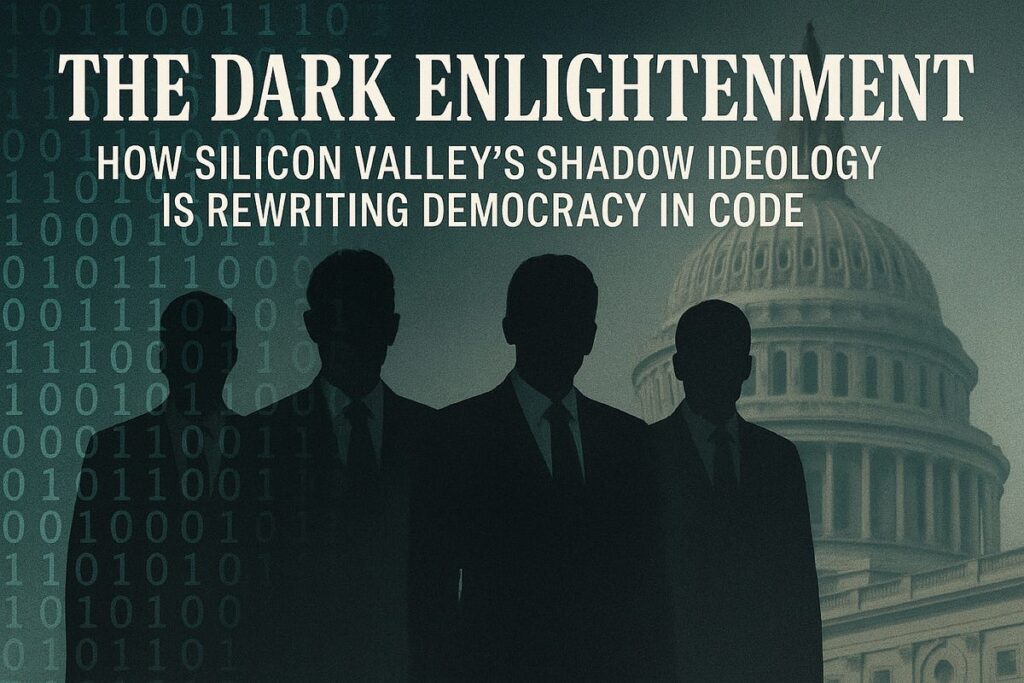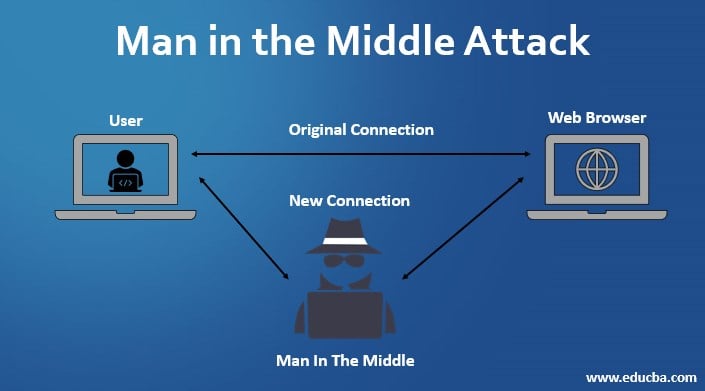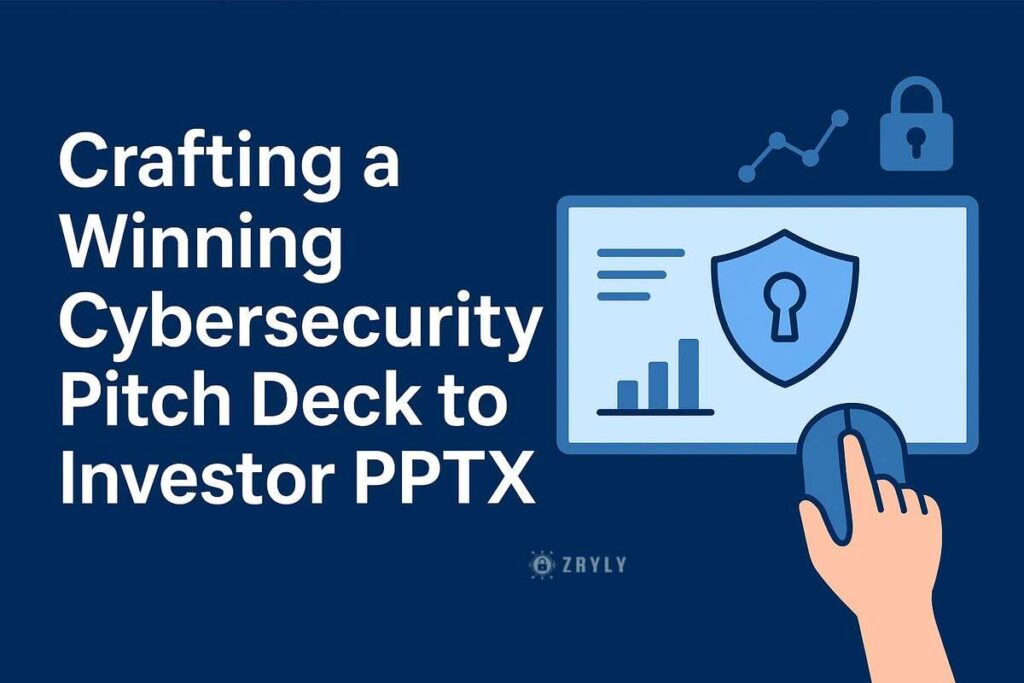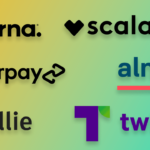Now Reading: Cybersecurity as a Service: Your Ultimate Guide
-
01
Cybersecurity as a Service: Your Ultimate Guide
Cybersecurity as a Service: Your Ultimate Guide
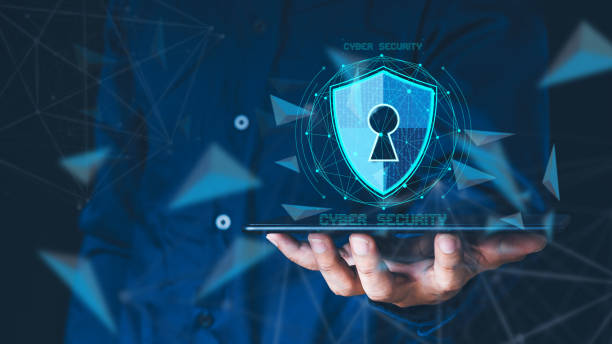
In a world driven by digital connections, protecting your information is more important than ever. For many businesses, building an in-house cybersecurity team is a massive undertaking, requiring time, money, and specialized expertise. This is where a modern solution comes into play: cybersecurity as a service (CSaaS). This approach allows organizations to outsource their security needs to a team of experts, gaining top-tier protection without the hefty price tag of an internal department. Think of it like a subscription to safety, ensuring your digital assets are monitored and defended around the clock by professionals who live and breathe security.
This guide will walk you through everything you need to know about this flexible and powerful security model. We will explore what it is, how it works, the benefits it offers, and what to look for in a provider. By understanding the ins and outs of CSaaS, you can make an informed decision about how to best protect your business from the ever-growing landscape of cyber threats.
Key Takeaways
- What is CSaaS? Cybersecurity as a service is an outsourced model where a third-party provider manages and monitors your organization’s security.
- Core Benefits: CSaaS provides access to expert talent, is cost-effective compared to in-house teams, offers scalable solutions, and ensures 24/7 monitoring.
- Essential Services: Common offerings include managed detection and response (MDR), threat intelligence, vulnerability management, and compliance support.
- Choosing a Provider: Look for providers with proven experience, comprehensive service offerings, transparent pricing, and excellent support.
Understanding Cybersecurity as a Service (CSaaS)
At its core, cybersecurity as a service is a business model where organizations subscribe to a suite of security solutions from a specialized third-party provider. Instead of hiring, training, and managing a full-time cybersecurity staff, a business can partner with a CSaaS vendor to handle its security operations. This model covers everything from threat monitoring and detection to incident response and compliance management. The provider acts as an extension of your own team, using advanced tools and human expertise to protect your networks, data, and applications from cyberattacks. This approach democratizes access to high-level security, making it available not just to large corporations but to small and medium-sized businesses (SMBs) as well.
How is CSaaS Different from Traditional Security?
Traditional cybersecurity often involves purchasing individual software licenses, buying hardware like firewalls, and hiring IT staff to manage it all. This approach can be disjointed, expensive, and difficult to scale. A cybersecurity as a service model, on the other hand, is holistic and subscription-based. You pay a predictable monthly or annual fee for a complete security package tailored to your needs. This means you get access to a full team of security analysts, engineers, and threat hunters who are always up-to-date on the latest threats and technologies. The service is managed remotely, which reduces the need for on-site hardware and personnel, making it a more flexible and often more affordable option for modern businesses.
The Rise of the As-a-Service Model
The “as-a-service” trend has transformed the tech industry. You are likely already familiar with Software as a Service (SaaS), like Microsoft 365 or Salesforce, where you subscribe to software instead of buying it outright. Cybersecurity as a service applies this same convenient and scalable principle to digital protection. The shift is driven by the increasing complexity of cyber threats and a significant shortage of skilled cybersecurity professionals. Businesses need expert protection, but finding and affording that talent is a major challenge. CSaaS fills this gap by giving companies on-demand access to the specialized skills and advanced technology needed to defend against sophisticated attacks, a topic often explored in depth on platforms like Forbes Planet.
Core Components of a CSaaS Offering
A comprehensive cybersecurity as a service solution is not a single product but a collection of integrated services designed to provide layered defense. While packages vary between providers, most include a set of fundamental components that work together to create a robust security posture for your organization. These services ensure that threats are not only blocked but also detected, analyzed, and neutralized swiftly.
Managed Detection and Response (MDR)
Managed Detection and Response (MDR) is a cornerstone of most cybersecurity as a service offerings. This service provides 24/7 threat monitoring and analysis of your network, endpoints, and cloud environments. MDR teams use sophisticated tools, including artificial intelligence and machine learning, to hunt for suspicious activities that might bypass traditional antivirus software. When a potential threat is identified, human analysts investigate it to determine if it’s a real attack. If a threat is confirmed, the MDR team takes immediate action to contain it and guides your organization through the remediation process. This proactive approach significantly reduces the time an attacker can spend inside your network, minimizing potential damage.
Vulnerability Management
Every software application, network device, and operating system can have weaknesses, or vulnerabilities, that attackers can exploit. Vulnerability management is the ongoing process of identifying, assessing, and fixing these security gaps. A cybersecurity as a service provider will regularly scan your systems to find these vulnerabilities. They then prioritize them based on severity, helping you understand which ones pose the greatest risk. The provider will offer guidance on how to patch or otherwise mitigate these weaknesses before they can be used in an attack. This proactive maintenance is crucial for preventing breaches and keeping your digital infrastructure secure.
Security Information and Event Management (SIEM)
Security Information and Event Management (SIEM) technology is a powerful tool used by CSaaS providers to centralize and analyze security data from across your entire IT environment. It collects log files and event data from servers, firewalls, applications, and other sources into a single platform. The SIEM then correlates this information to identify patterns and anomalies that could indicate a security threat. For example, it might flag multiple failed login attempts from an unusual location. A cybersecurity as a service team manages the SIEM, configures the rules, and investigates the alerts it generates, turning a flood of raw data into actionable security intelligence.
The Key Benefits of Adopting CSaaS
Switching to a cybersecurity as a service model offers numerous advantages, especially for organizations that lack the resources to build a dedicated security operations center (SOC). These benefits go beyond simple cost savings and touch on expertise, scalability, and overall peace of mind.
|
Benefit |
Description |
|---|---|
|
Access to Expertise |
Gain immediate access to a team of certified security analysts, threat hunters, and engineers. |
|
Cost-Effectiveness |
Avoid the high costs of hiring, training, and retaining an in-house security team. |
|
24/7 Monitoring |
Your systems are monitored around the clock, ensuring threats are detected and handled at any time. |
|
Scalability |
Easily scale your security services up or down as your business needs change. |
|
Advanced Technology |
Leverage enterprise-grade security tools and platforms without the upfront investment. |
|
Focus on Core Business |
Free up your IT team to focus on strategic initiatives that drive business growth. |
Access to Specialized Talent
One of the biggest challenges in cybersecurity is the talent gap. There simply are not enough qualified professionals to meet the demand. A cybersecurity as a service provider solves this problem by giving you access to their deep bench of experts. These professionals have years of experience and hold advanced certifications in various security domains. They work with a wide range of clients and see a diverse array of threats, which makes them incredibly effective at identifying and responding to new attack techniques. For a fraction of the cost of hiring a single senior security analyst, you get the collective knowledge of an entire team dedicated to your protection.
Predictable Costs and Lower TCO
Building an in-house security team is expensive. You have to account for salaries, benefits, training, and the cost of sophisticated security software and hardware. These costs can be unpredictable and difficult to budget for. With cybersecurity as a service, you pay a fixed, recurring fee. This subscription model makes budgeting simple and predictable. The total cost of ownership (TCO) is often significantly lower than the in-house alternative because you are sharing the cost of the security experts and technology with the provider’s other clients. This makes enterprise-level security accessible even for businesses with limited budgets.
Enhanced Scalability and Flexibility
Your business needs are not static, and your security should not be either. A key advantage of cybersecurity as a service is its inherent flexibility. Whether you are a small startup experiencing rapid growth or an established company expanding into new markets, a CSaaS provider can scale your security services to match your needs. If you add new cloud services, onboard more employees, or acquire another company, your security coverage can be adjusted quickly without the friction of hiring new staff or deploying new infrastructure. This agility allows your security posture to evolve right alongside your business.
How to Choose the Right CSaaS Provider
Selecting the right partner for your cybersecurity as a service needs is a critical decision. Not all providers are created equal, and the quality of your security depends heavily on the vendor you choose. You should look for a partner who understands your industry, offers transparent services, and can demonstrate a track record of success.
Evaluating Experience and Reputation
Start by researching the provider’s background. How long have they been in business? Do they have experience working with companies of your size and in your industry? Look for case studies, testimonials, and online reviews to gauge their reputation. A reputable provider will be transparent about their team’s qualifications and certifications. Don’t hesitate to ask for references from current clients. A provider who is confident in their service will be happy to connect you with customers who can speak to their experience. This due diligence ensures you are partnering with a trusted and capable team.
Understanding the Service Level Agreement (SLA)
The Service Level Agreement (SLA) is a crucial document that outlines the specific services the provider will deliver, along with metrics for performance. It should clearly define key terms, such as response times for different types of security incidents. For example, it might state that a critical alert will be investigated within 15 minutes. The SLA should also detail the provider’s communication protocols and your responsibilities as the client. Carefully review the SLA to ensure it meets your expectations and provides clear accountability. A strong SLA protects both you and the provider.
Assessing Technology and Integration
A top-tier cybersecurity as a service provider leverages a powerful stack of technology. Inquire about the tools they use for SIEM, endpoint detection, vulnerability scanning, and other core functions. It’s also important to understand how their services will integrate with your existing IT environment. Can they monitor your cloud platforms like AWS or Azure? Do their tools work with your current network hardware and software? A smooth integration process is essential for effective monitoring and response. The provider should be able to explain their technology stack in a way that is clear and makes sense for your specific setup.
Conclusion
In an increasingly hostile digital landscape, robust security is not a luxury—it is a necessity. For many organizations, the complexity and cost of building an effective internal security program are prohibitive. Cybersecurity as a service offers a practical, powerful, and cost-effective alternative. By partnering with a specialized provider, you gain access to elite talent, advanced technology, and round-the-clock monitoring, all for a predictable subscription fee. This allows you to focus on your core business objectives with the confidence that your digital assets are being protected by experts. As you consider your organization’s security strategy, exploring the benefits of a CSaaS model is a step toward a more secure and resilient future.
Frequently Asked Questions (FAQ)
Q1: Is cybersecurity as a service only for large enterprises?
No, CSaaS is designed for organizations of all sizes. In fact, it is particularly beneficial for small and medium-sized businesses (SMBs) that do not have the resources to build a dedicated in-house security team but still need enterprise-grade protection.
Q2: How much does cybersecurity as a service cost?
The cost of cybersecurity as a service varies depending on the provider, the scope of services you need, and the size of your organization (e.g., number of employees or endpoints). However, it is generally more cost-effective than hiring, training, and equipping an internal security team, as you are sharing the cost of experts and technology.
Q3: Will I lose control over my security if I use a CSaaS provider?
Not at all. A good CSaaS provider works as a partner and an extension of your team. You will have full visibility into your security posture through dashboards and regular reports. The provider handles the day-to-day operations, but you remain in control of your overall security strategy and decision-making.
Q4: What happens if a breach occurs while using a CSaaS provider?
If a breach is detected, the cybersecurity as a service provider’s incident response team will immediately take action to contain the threat and minimize damage. They will guide you through the entire remediation process, from identifying the source of the breach to restoring systems and ensuring it doesn’t happen again. Their expertise is crucial during such a critical event.
Q5: Can a CSaaS provider help with compliance requirements like GDPR or HIPAA?
Yes, many CSaaS providers offer services specifically designed to help organizations meet and maintain compliance with various industry and government regulations. They can provide the necessary monitoring, reporting, and documentation to help you pass audits and avoid potential fines.


